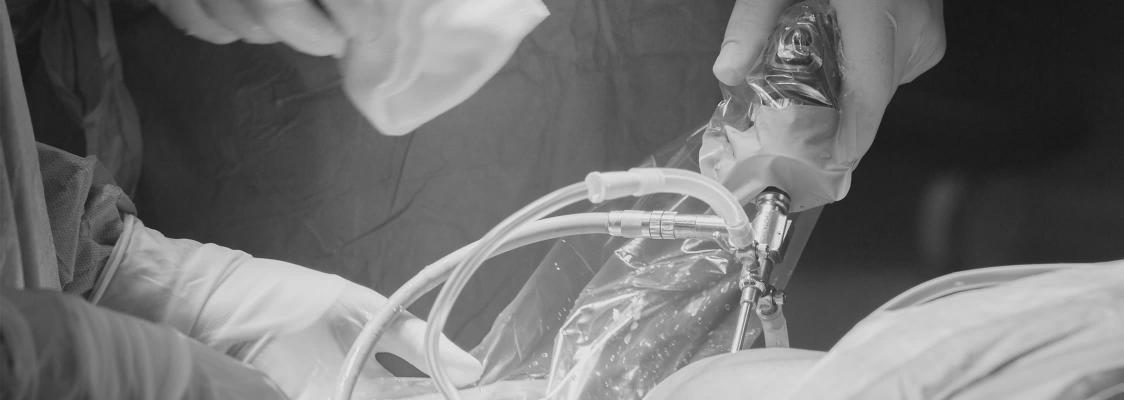More significant or symptomatic meniscal tears often remain symptomatic indefinitely unless they are treated surgically via Knee Arthroscopy “keyhole” surgery. In most instances the torn section of meniscus cartilage is trimmed and removed, with the remaining healthy portion of the meniscus (usually the vast quantity of meniscus tissue) left alone to continue its normal functions. Usually, only a small section of the meniscus is torn (therefore, only a small portion requires removal).
In some situations, the meniscus is repaired rather than removed. Meniscal repair is advocated in younger patients and when the meniscal tear is very large or is of certain specific configuration (Meniscal root tear or RAMP tear).
The location, pattern and extent of meniscus tear as well as activity level, severity of symptoms and age of patient will determine the need and timing for any surgery.
Following meniscal surgery, postoperative treatment can vary widely. Postoperative management is primarily based upon the type of surgery performed.
If “trimming” or partial resection of the meniscus is all that has been performed, then immediate full weight bearing and full range of motion of the knee is allowed. Physiotherapy is advised to start immediately.
If, on the other hand, any form of meniscus repair has been performed, there are usually restrictions to weight bearing, range of motion, or both. The exact directions are individualized on a case-by-case basis and are based upon the type of repair performed and also the strength of the repair achieved.
Physiotherapy rehabilitation is advised for all episodes of meniscus injury and following any meniscal surgery. This will aid in the long-term by decreasing the risk of re-injuring the meniscus or knee again. Return to sport will be dependent upon the extent of the injury and symptoms as well as the type of sporting activity.
